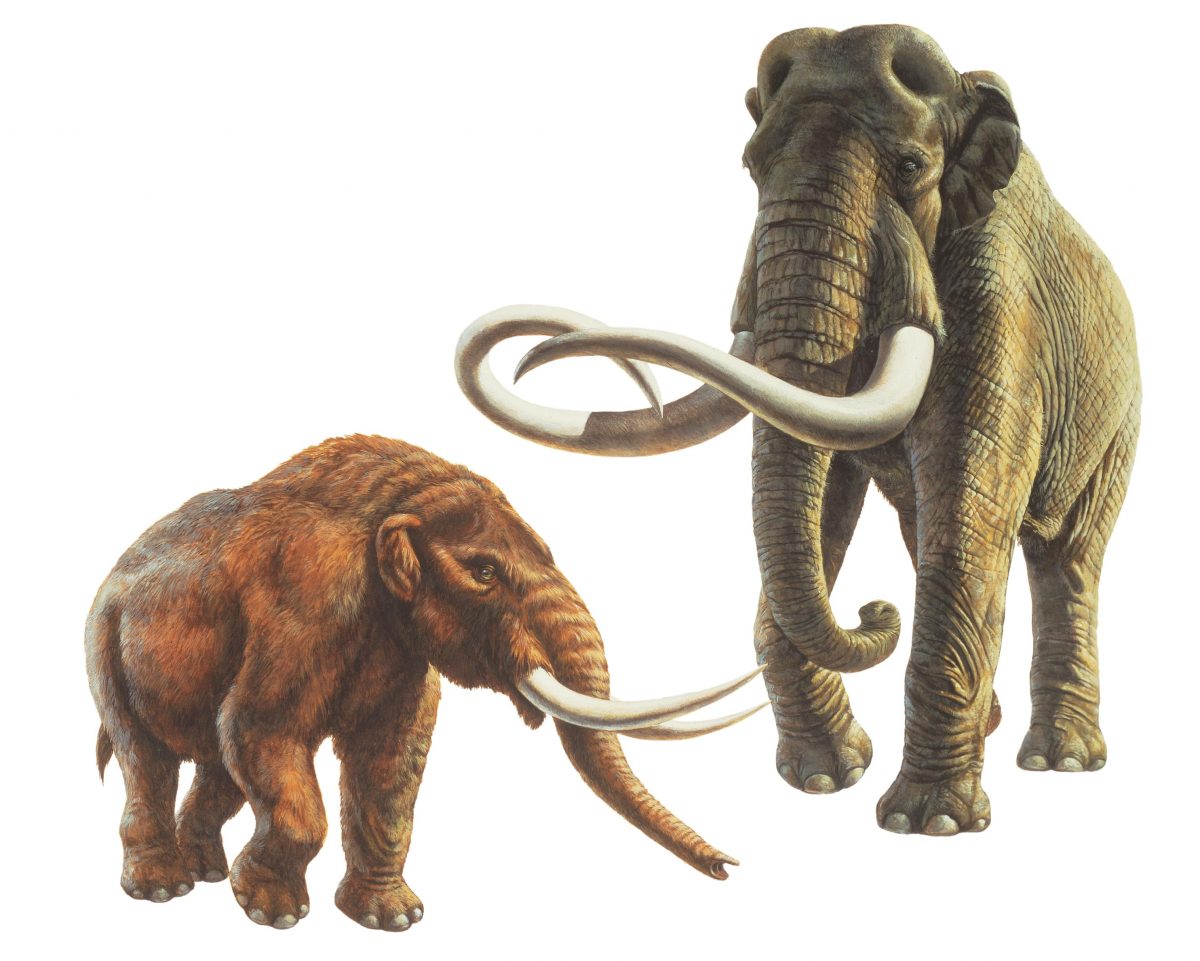

In 1817 Cuvier named the "incognitum" Mastodon. Other anatomists noted that the teeth of mammoths and elephants differed from those of the "incognitum", which possessed rows of large conical cusps, indicating that they were dealing with a distinct species. Johann Friedrich Blumenbach assigned the scientific name Mammut to the American "incognitum" remains in 1799, under the assumption that they belonged to mammoths. People started referring to the "incognitum" as a "mammoth", like the ones that were being dug out in Siberia – in 1796 the French anatomist Georges Cuvier proposed the radical idea that mammoths were not simply elephant bones that had been somehow transported north, but a species which no longer existed. There soon followed discoveries of complete bones and tusks in Ohio. Similar teeth were found in South Carolina, and some of the African slaves there supposedly recognized them as being similar to the teeth of African elephants. They carried them to the Mississippi River, from where they were transported to the National Museum of Natural History in Paris. In 1739 French soldiers at present-day Big Bone Lick State Park, Kentucky, found the first bones to be collected and studied scientifically. The mystery animal became known as the "incognitum". Mastodons disappeared from North America as part of a mass extinction of most of the Pleistocene megafauna, widely believed to have been caused by a combination of climate changes at the end of the Pleistocene and overexploitation by Paleo-Indians.Įxhuming the First American Mastodon, 1806 painting by Charles Willson PealeĪ Dutch tenant farmer found the first recorded remnant of Mammut, a tooth some 2.2 kg (5 lb) in weight, in the village of Claverack, New York, in 1705. pacificus, the Pacific mastodon, are the youngest and best-known species of the genus. americanum, the American mastodon, and M. They generally had a browsing diet, distinct from that of the contemporary Columbian mammoth, which tended towards grazing. Mastodons lived in herds and were predominantly forest-dwelling animals. Koch, 1843)Ī mastodon ( mastós 'breast' + odoús 'tooth') is any proboscidean belonging to the extinct genus Mammut (family Mammutidae) that inhabited North and Central America during the late Miocene or late Pliocene up to their extinction at the end of the Pleistocene 10,000 to 11,000 years ago.


 0 kommentar(er)
0 kommentar(er)
